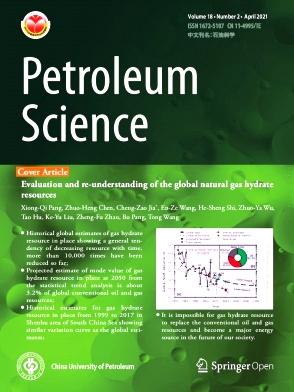Study on the influence factors of rock breaking by supercritical CO2 thermal fracturing
IF 6
1区 工程技术
Q2 ENERGY & FUELS
引用次数: 0
Abstract
At present, there is a growing demand for safe and low-pollution rock-breaking technology. The rock breaking technology of supercritical CO2 thermal fracturing has many advantages, such as no dust noise, no explosion, high efficiency, controllable shock wave and so on. Fully considering the combustion rate of energetic materials, heat and mass transfer, CO2 phase change and transient nonlinear flow process, a multi-field coupled numerical model of rock breaking by supercritical CO2 thermal fracturing was established based on the existing experiments. The influence factors of CO2 thermal fracturing process were studied to provide theoretical guidance for site construction parameters optimization. The numerical simulation results were in good agreement with the experimental observation results. The results showed that the maximum temperature of CO2 and the growth rate of CO2 pressure during the fracturing process would decrease accordingly with the increase of CO2 initial pressure. But the change in CO2 peak pressure wasn't significant. Appropriately increasing the heat source power could improve the heating and pressurization rate of CO2 and accelerate the damage rate of rock. The relevant results were of great importance for promoting the application of rock breaking by supercritical CO2 thermal fracturing technology.
求助全文
约1分钟内获得全文
求助全文
来源期刊

Petroleum Science
地学-地球化学与地球物理
CiteScore
7.70
自引率
16.10%
发文量
311
审稿时长
63 days
期刊介绍:
Petroleum Science is the only English journal in China on petroleum science and technology that is intended for professionals engaged in petroleum science research and technical applications all over the world, as well as the managerial personnel of oil companies. It covers petroleum geology, petroleum geophysics, petroleum engineering, petrochemistry & chemical engineering, petroleum mechanics, and economic management. It aims to introduce the latest results in oil industry research in China, promote cooperation in petroleum science research between China and the rest of the world, and build a bridge for scientific communication between China and the world.
 求助内容:
求助内容: 应助结果提醒方式:
应助结果提醒方式:


